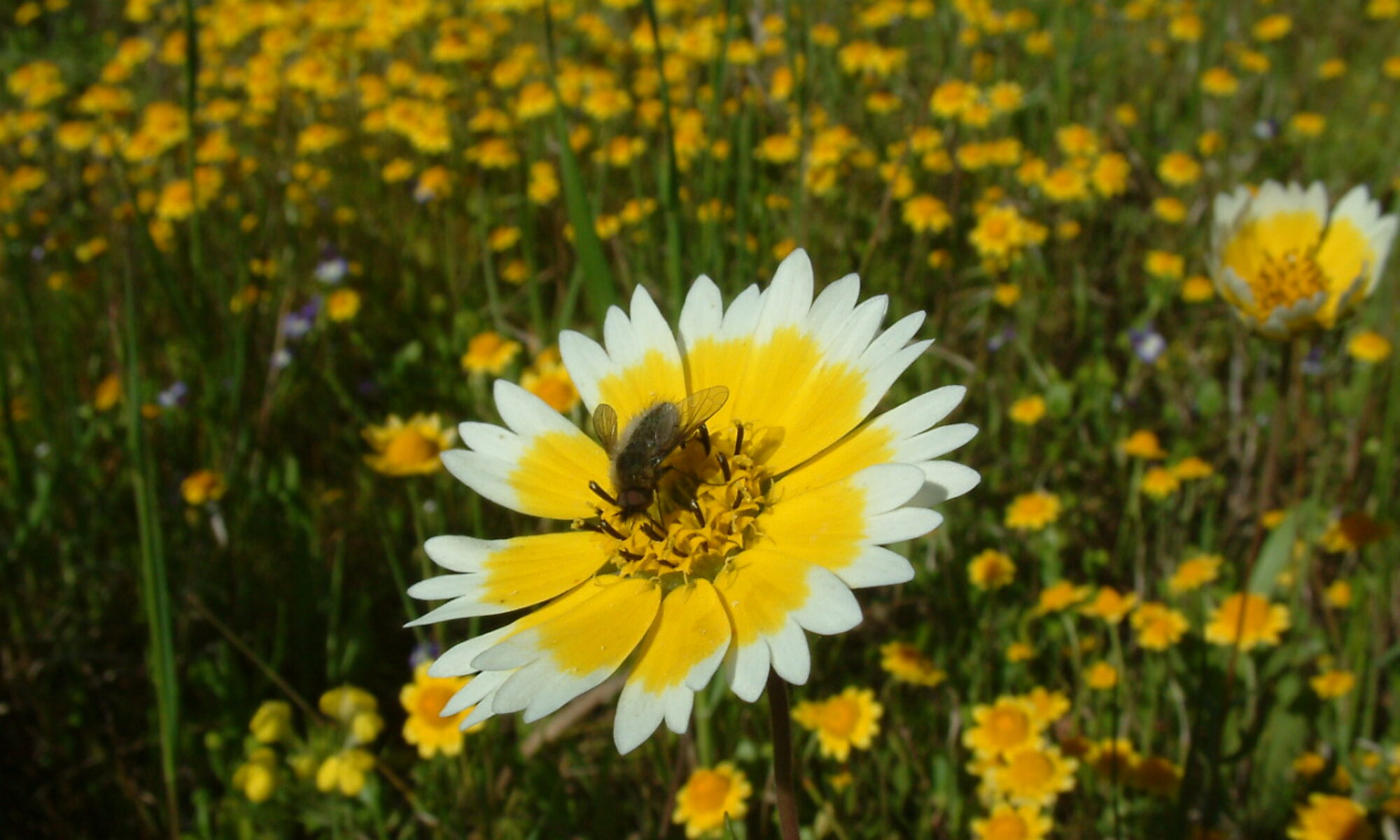While my PhD research focused on understanding the eco-evolutionary forces that shape and modulate the potential of plant populations to adapt to novel climate conditions, I got fascinated by how plant adaptation to stressful environments might be enhanced by the symbiotic association with microbes. During my postdoctoral work I have then focused on understanding the evolution of symbiotic interactions in extreme environmental conditions.
1. Evolution of host-specificity and symbiont switches
Plant species deferentially accept the symbiotic association with both fungi and bacteria due to the evolution of specificity for their microbial partners. As part of my postdoctoral work at UC Riverside with Dr. Joel Sachs I am elucidating the evolution of specificity in mutualistic interactions between plants and soil bacteria in Acmispon spp, a genus of native California legumes that are adapted to arid and nutrient poor conditions.
My goals are a) to elucidate the genetic and ecological drivers leading to partner switches across species, b) evaluate the role of mutualistic interactions in driving the diversification of legumes in arid habitats, c) understand the genomic structures in rhizobia that facilitate mutualistic interactions and their survival under different soil conditions. Ultimately, this knowledge could help implement plant-microbe interactions as a biological solution to desertification and plant adaptation to extreme climate.
2. Role of symbiotic interactions in promoting plant resilience to flooding
As part of my postdoctoral research in Dr. Sunshine Van Bael Lab we studied the effects of differential flooding regimes on the microbial symbionts of baldcypress trees, an important plant species used for the restoration of swamps and protection of coastal wetlands in the US. It has been well documented that endophytes can substantially improve their host plant’s responses to both biotic and abiotic stresses such as increased salinity, temperature variation, herbivory, and fungal pathogens. Because of these benefits, plant-endophyte interactions have the potential to confer a competitive advantage to their host plants under stressful conditions. Bald cypress seedlings establish when the water inundating the swamps has receded and drier but saturated soil conditions are available. Sea level rise and extreme events such as hurricanes are promoting more flooded conditions in the Louisiana swamps, threatening the establishment and survival of bald cypress trees. Therefore, we want to understand how root endophyte communities are influenced by prolonged flooding in baldcypress seedlings and if they can provide seedling resilience to inundated conditions.










































